Automotive image sensor OXO3c10 ASIL launched
ASIL-C Sensor Also Features Automotive Industry’s Smallest Size, Lowest Power Consumption and Best Low-Light Performance for High-End Viewing Applications in Premium Vehicles
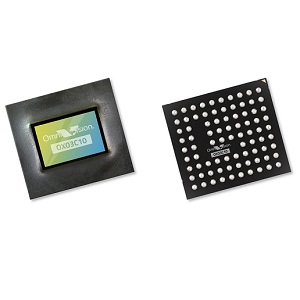
OmniVision Technologies, Inc., launched on 2 June 2020, OX03C10 ASIL-C automotive image sensor. It combines a 3.0-micron pixel size with a high dynamic range (HDR) of 140dB and LED flicker mitigation (LFM) performance for viewing applications with minimized motion artifacts. It can deliver 1920x1280p resolution at 60 frames per second (fps). OX03C10 has low power consumption and small package size.
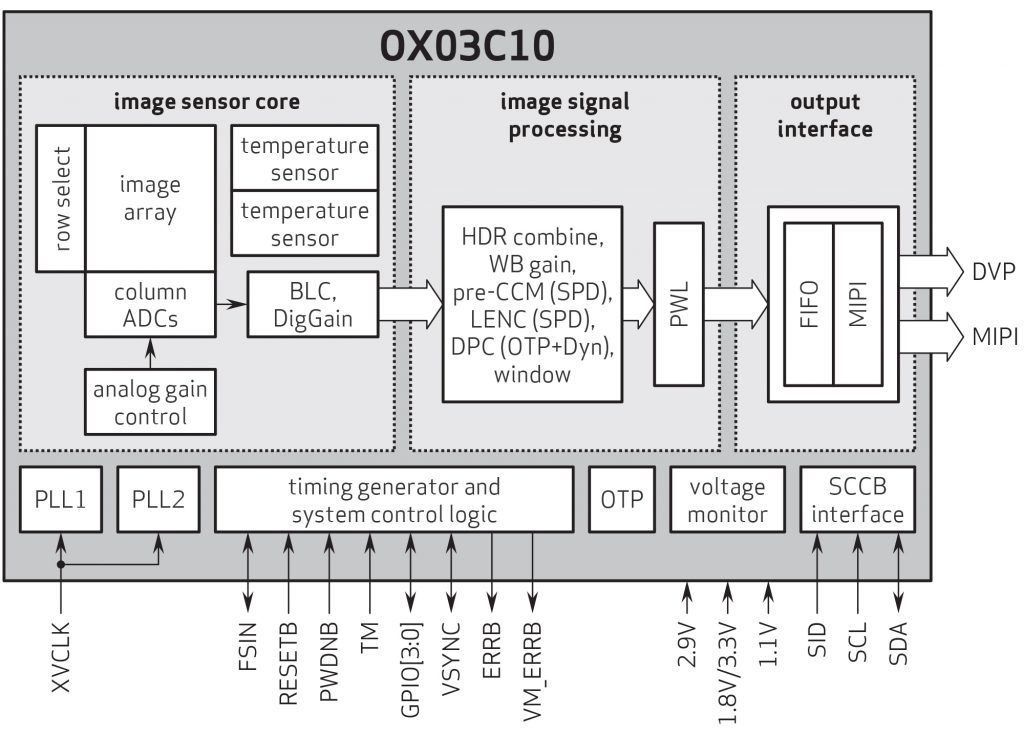
OX03C10 provides quality image for automotive viewing applications, including rearview cameras (RVC), surround view systems (SVS), camera monitoring systems (CMS) and e-mirrors.
“Many stakeholders in the viewing automotive camera market are asking for higher performance, such as increased resolution, 140dB HDR and top LFM performance,” explained Pierre Cambou, Principal Analyst, Imaging from Yole Développement. “In particular, these performance increases are needed for high end CMS, also called e-Mirror, which is growing in popularity (1).”
“The OX03C10 uses our Deep Well™, dual conversion gain technology to provide significantly lower motion artifacts than the few competing sensors that offer 140dB HDR,” said Kavitha Ramane, staff automotive product marketing manager at OmniVision. “Additionally, our split-pixel LFM technology with four captures provides the best performance over the entire automotive temperature range. This combination of the industry’s top HDR and LFM with a large 3.0 micron pixel enables automotive viewing system designers with the greatest image quality across all lighting conditions and in the presence of flickering LEDs from headlights, road signs and traffic signals.”
OmniVision’s PureCel®Plus-S stacked architecture enables pixel performance advantages over non-stacked technology. For example, 3D stacking allowed OmniVision to boost pixel and dark current performance, resulting in a 20% improvement in the signal-to-noise ratio over the prior generation of its 2.5MP viewing sensors.


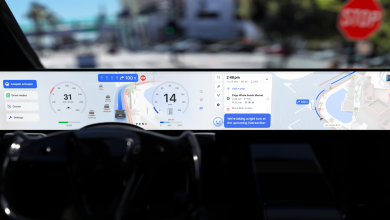
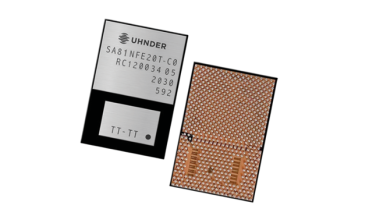

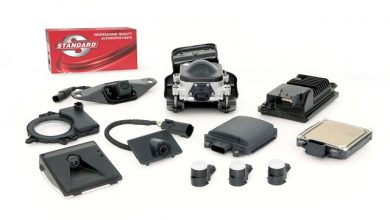
One Comment